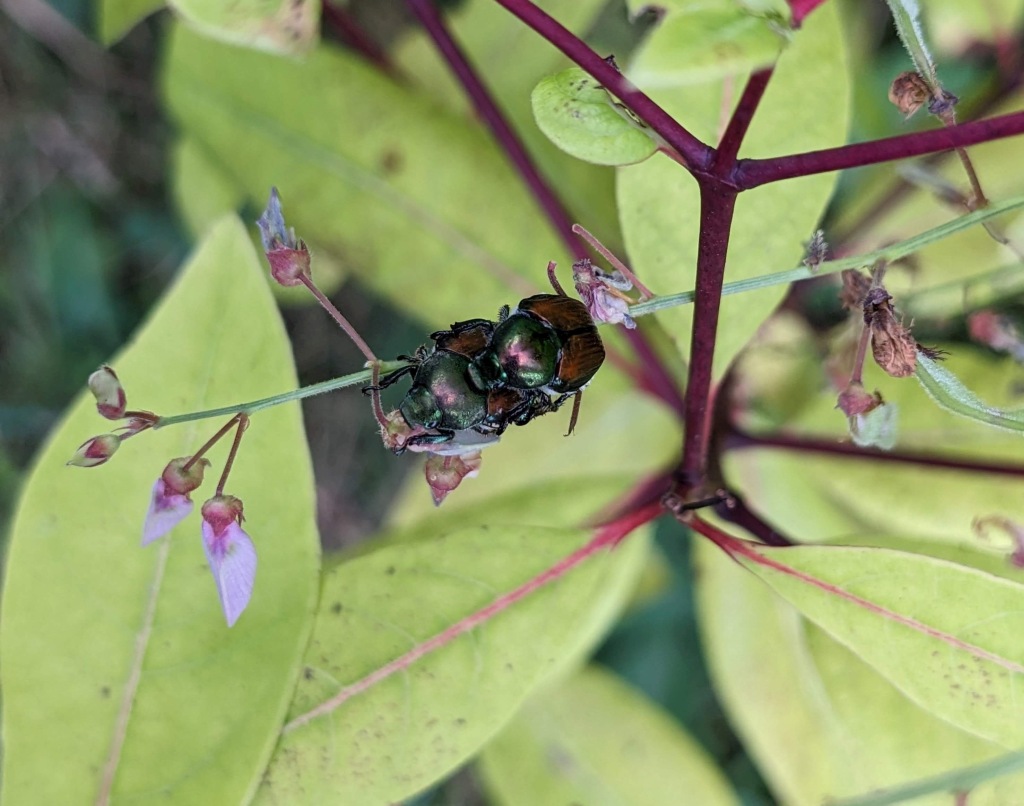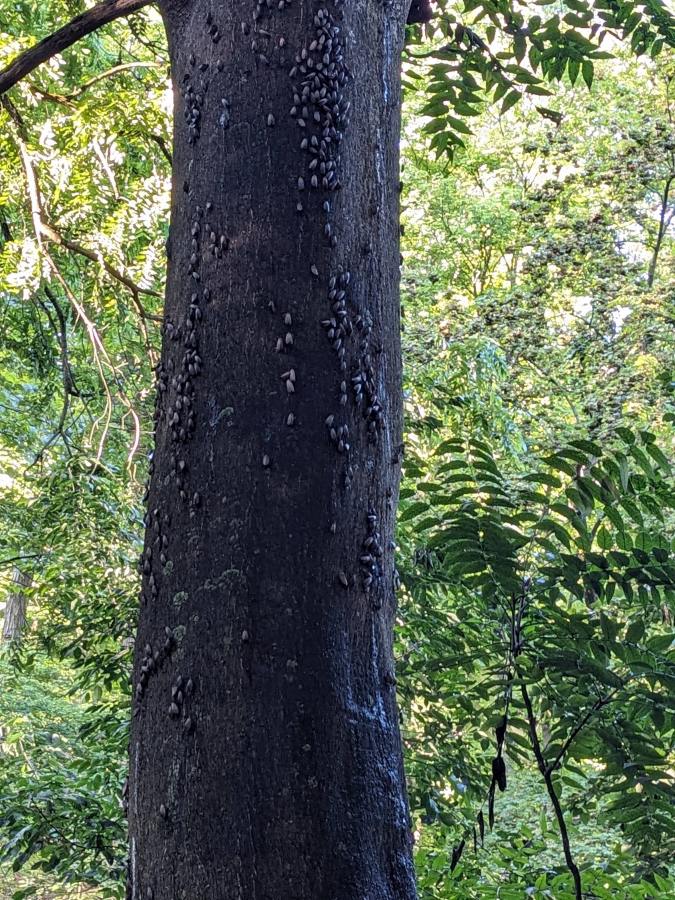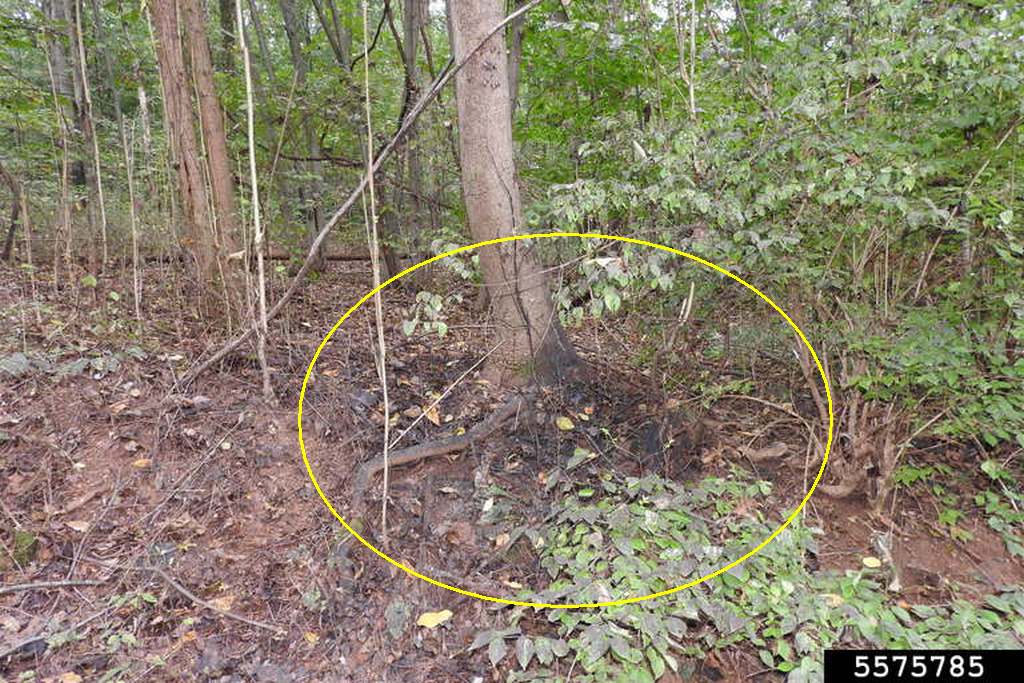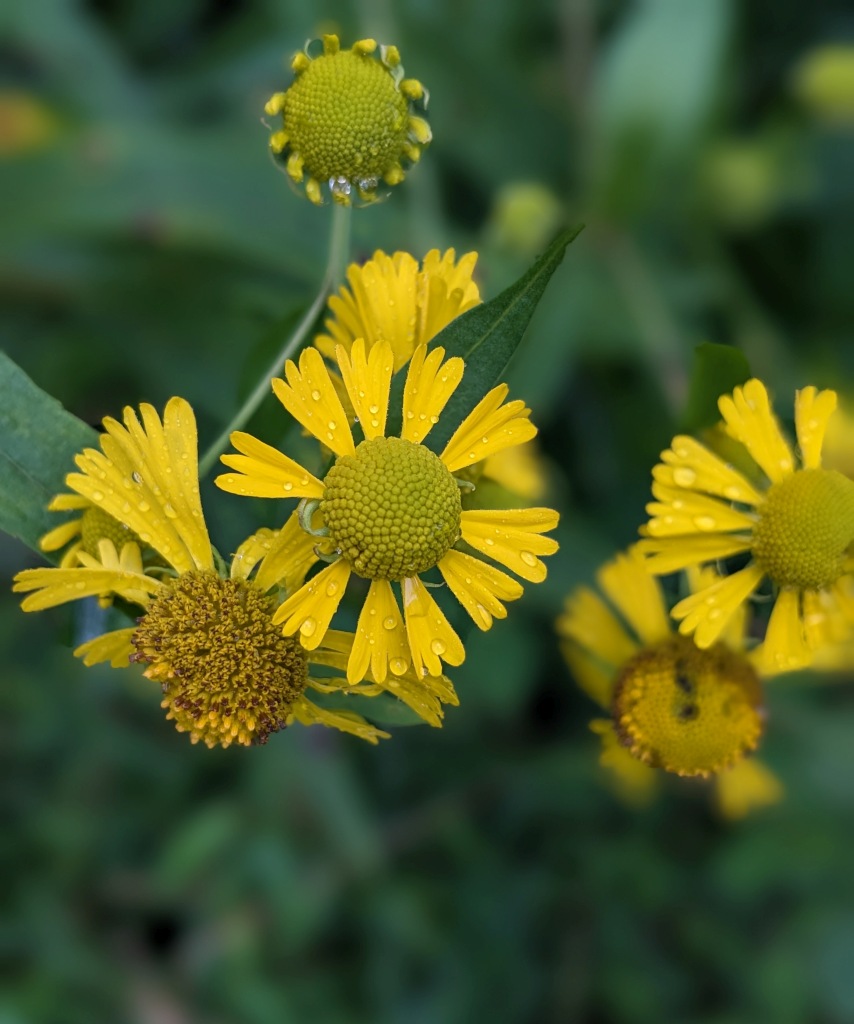
4 September 2023, Labor Day
On Labor Day, when I honor working birds, homing pigeons come to mind because they’re willing to try almost anything their keepers invent.
For centuries homing pigeons made themselves extremely useful by carrying messages, especially during wartime. The messages were carried in a pack strapped to the bird’s chest or inserted in a message tube strapped to the bird’s leg.
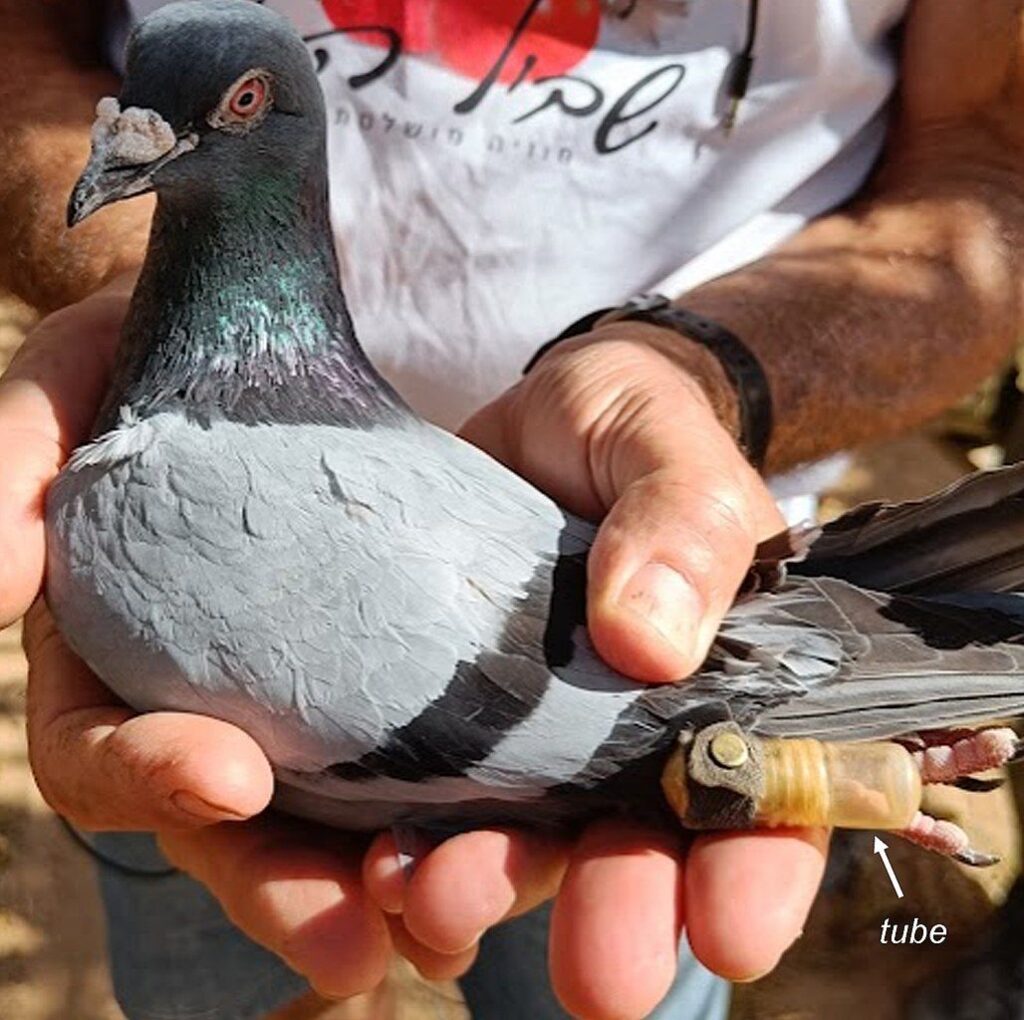
Then in 1907, German apothecary Julius Neubronner, who used pigeons to deliver medications, decided to try aerial pigeon photography. He designed an aluminum breast harness and a lightweight time-delayed miniature camera to fit on a homing pigeon. It worked so well with his own pigeons that he applied for a German patent.
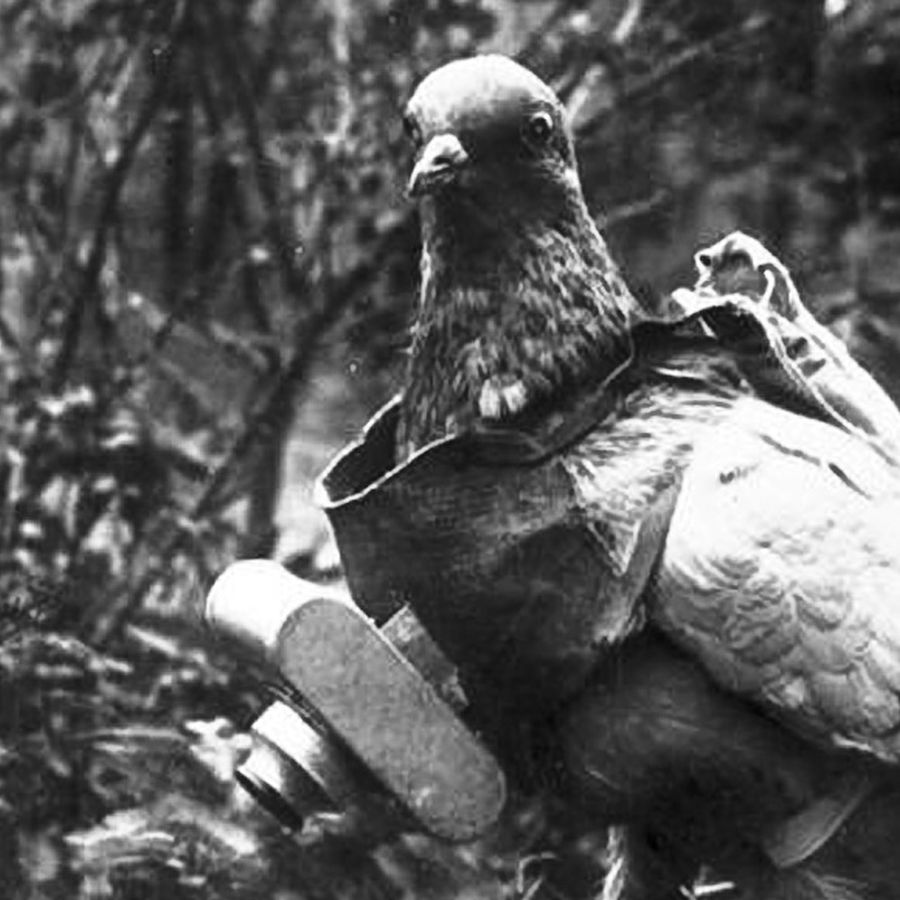
But, as Wikipedia explains, the patent office rejected his claim until he sent them pigeon-made aerial photos. They granted his patent in December 1908.

Pigeon photography held great promise for World War I but was overshadowed by the invention of portable dovecoats to improve messaging and airplanes from which humans could do their own surveillance. So the fleets of camera-carrying pigeons just didn’t take off.

After World War II the CIA briefly flirted with the idea of pigeon photography but it, too, went nowhere. Now they have drones.

I wonder if people realize that pigeons were the original drones.
Read more about Pigeon photography at Wikipedia. Happy Labor Day.
(photos from Wikimedia; click on the captions to see the originals)




